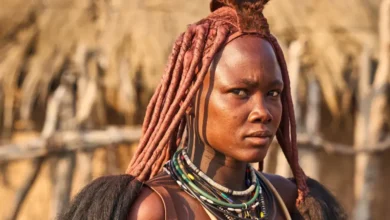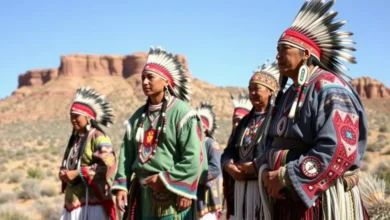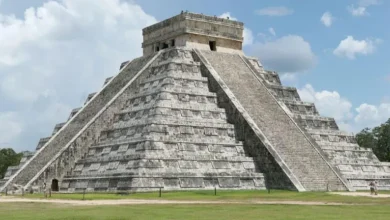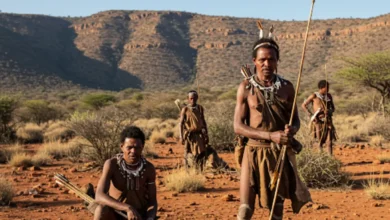Nestled in the heart of Eurasia, China’s Xinjiang Uyghur Autonomous Region is a vibrant tapestry of cultures, histories, and traditions. At its core lies the Uyghur ethnic group, a Turkic-speaking community whose rich heritage reflects centuries of exchange along the ancient Silk Road. This article delves into the Uyghurs’ unique identity, their historical roots, cultural practices, and the dynamic fusion that defines their place in modern China.
Who Are the Uyghurs?
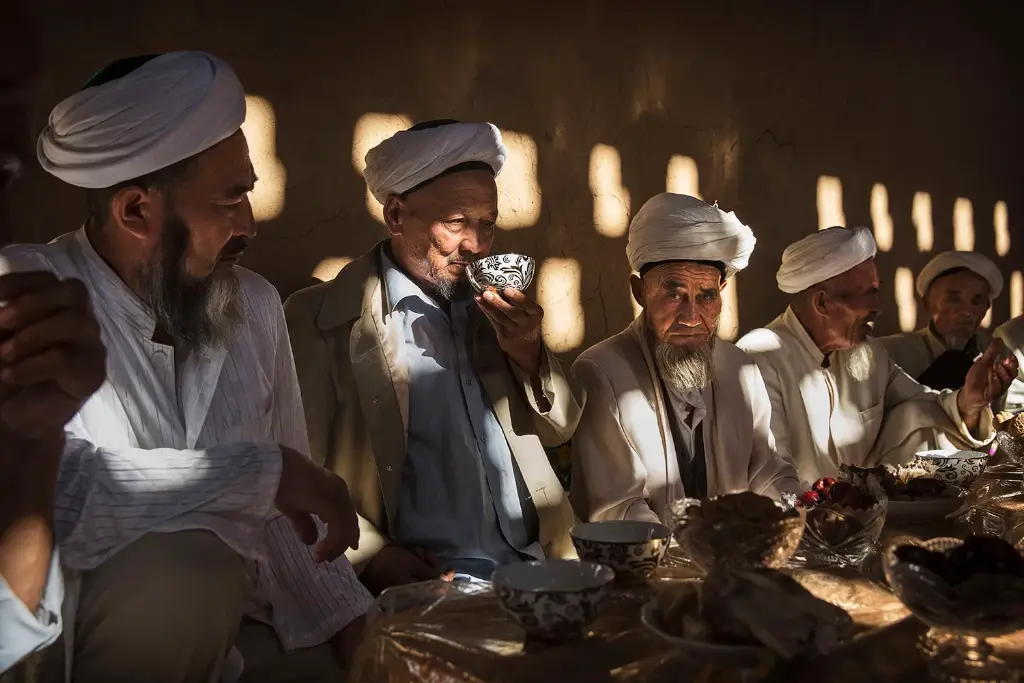
The Uyghurs are one of China’s 56 officially recognized ethnic groups, with a population of over 12 million. Primarily concentrated in Xinjiang, a vast region bordering Central Asia, they have thrived for millennia as merchants, farmers, and artisans. Their language, Uyghur, belongs to the Turkic family and uses a modified Arabic script, reflecting historical ties to Islamic civilizations.
Uyghur identity is deeply intertwined with their oasis cities—Kashgar, Hotan, and Turpan—which once served as bustling hubs for Silk Road traders. These cities became melting pots where Persian, Indian, Chinese, and Mediterranean influences blended seamlessly. Today, the Uyghurs’ distinct culture remains a testament to this legacy of exchange.
A Journey Through Uyghur History
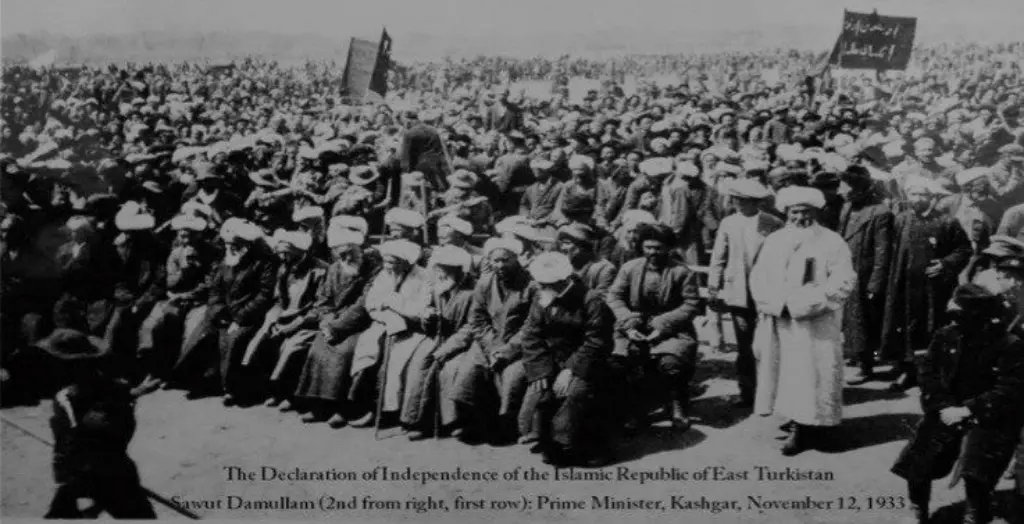
Ancient Roots and the Silk Road
The Uyghurs trace their origins to nomadic tribes of the Mongolian steppes. By the 8th century, they established the Uyghur Khaganate, a powerful empire that fostered trade and diplomacy. After its collapse, many Uyghurs migrated westward to the Tarim Basin (modern-day Xinjiang), where they adopted settled agriculture and Buddhism.
See also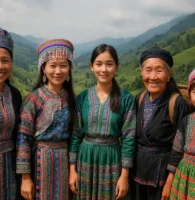 The Hmong People and Their Cultural Legacy
The Hmong People and Their Cultural Legacy
The Silk Road (2nd century BCE–15th century CE) transformed Xinjiang into a crossroads of civilizations. Uyghur merchants traded silk, spices, and ideas, absorbing elements from Sogdian, Tibetan, and Han Chinese cultures. This era laid the groundwork for the Uyghurs’ syncretic traditions.
Islam and the Karakhanid Conversion
In the 10th century, the Karakhanid Khanate, a Turkic dynasty, embraced Islam, marking a turning point for the Uyghurs. Over time, Islam became central to Uyghur identity, shaping their art, architecture, and daily life. Mosques like Kashgar’s Id Kah Mosque (built in 1442) stand as iconic symbols of this spiritual heritage.
Qing Dynasty to Modern China
Xinjiang came under Qing rule in the 18th century, integrating it into China’s administrative framework. The 20th century saw Xinjiang’s designation as an autonomous region in 1955, granting the Uyghurs limited self-governance. However, tensions over cultural preservation and political autonomy persist in contemporary discourse.
Cultural Treasures: Language, Religion, and Arts
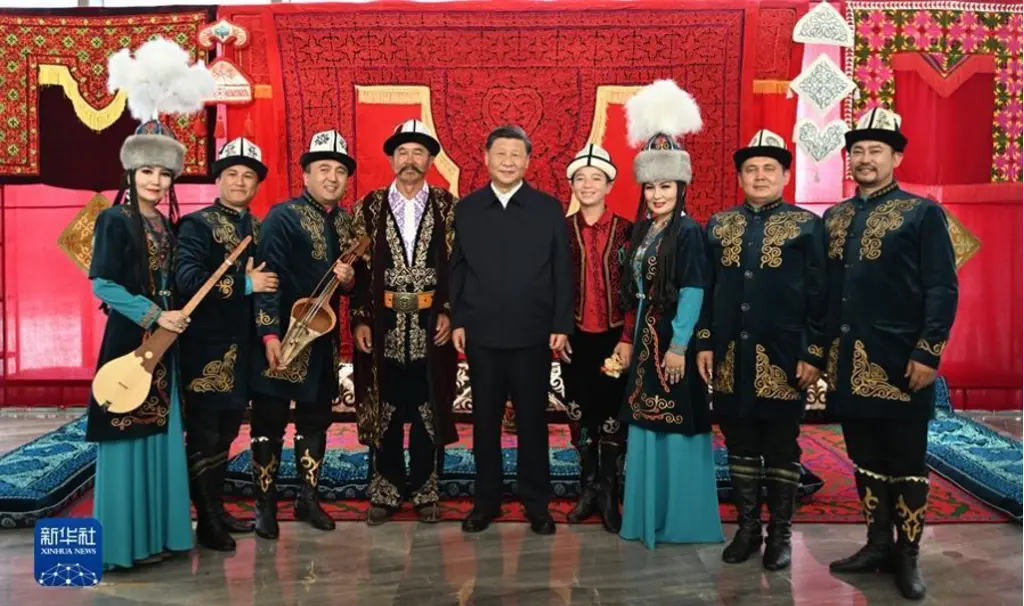
Uyghur Language: A Bridge Between Worlds
The Uyghur language is a linguistic mosaic, incorporating loanwords from Arabic, Persian, Russian, and Mandarin. Its melodic tones and vowel harmony make it distinct among Turkic languages. Efforts to preserve Uyghur include bilingual education programs, though debates over language policy remain contentious.
See also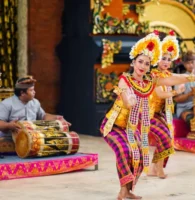 Discovering the Balinese: A Vibrant Hindu Culture in Indonesia
Discovering the Balinese: A Vibrant Hindu Culture in Indonesia
Islam and Spiritual Practices
Most Uyghurs are Sunni Muslims, following the Hanafi school of thought. Religious festivals like Eid al-Fitr and Eid al-Adha are celebrated with communal prayers, feasts, and charity. Sufi traditions, including pilgrimages to saints’ tombs (mazars), highlight the diversity of Uyghur spirituality.
Music, Dance, and the Magic of Muqam
Uyghur music is a soulful blend of Central Asian rhythms and Persian melodies. The Twelve Muqam, a UNESCO-recognized classical repertoire, combines poetry, instrumentation, and dance. Instruments like the dutar (two-stringed lute) and rawap (plucked fiddle) evoke the region’s nomadic past.
Dance forms like the sama (whirling dance) and dolan meshrep (traditional gatherings) showcase vibrant costumes and storytelling. These art forms are not just entertainment but vital channels for transmitting history and values.
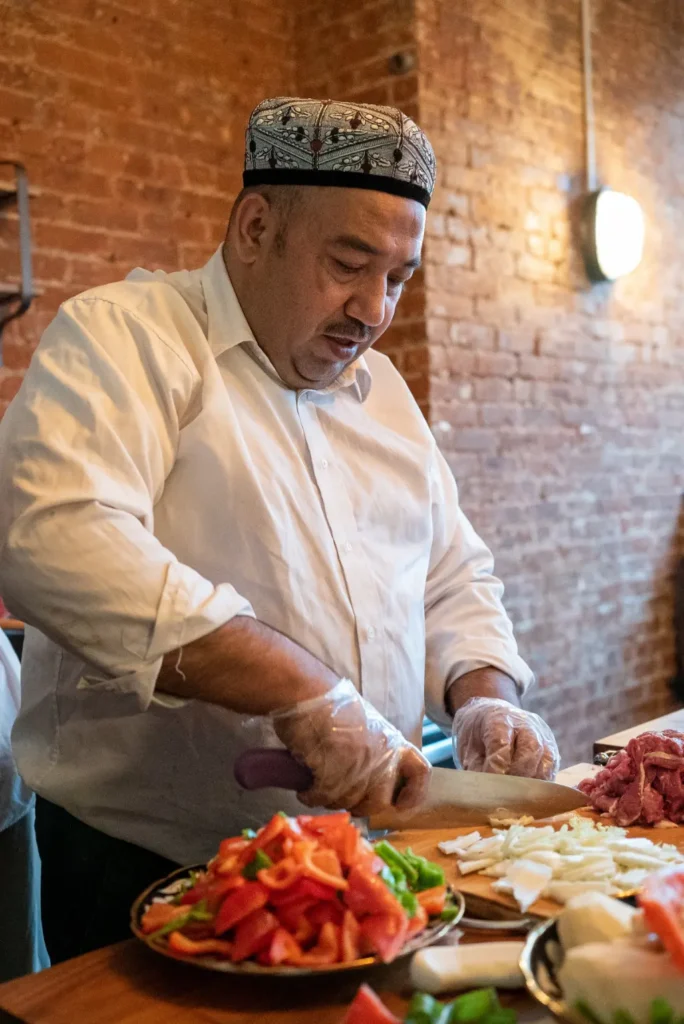
Culinary Delights: A Feast for the Senses
Uyghur cuisine is a flavorful fusion of Central Asian and Chinese influences. Staple ingredients like lamb, wheat, and spices such as cumin and saffron dominate their dishes. Must-try foods include:
- Polo (Uyghur pilaf): Fragrant rice cooked with carrots, raisins, and tender lamb.
- Laghman: Hand-pulled noodles tossed with vegetables and chili sauce.
- Samsa: Flaky pastries stuffed with minced meat and onions, baked in clay ovens.
Meals are often shared communally, reflecting the Uyghur value of hospitality. A cup of black tea or sharbat (rosehip drink) typically rounds off the feast.
Architecture: Where East Meets West
Uyghur architecture mirrors their cultural hybridity. The Kashgar Old City, a maze of adobe houses and bazaars, features ornate wooden balconies and Islamic geometric patterns. In contrast, the Emin Minaret in Turpan blends Chinese brickwork with Persian-style minarets.
Mosques and madrasas (Islamic schools) often incorporate Central Asian domes and courtyards, while Han Chinese influences appear in decorative roof tiles. This architectural diversity symbolizes Xinjiang’s role as a bridge between civilizations.
Modern Challenges and Cultural Preservation
Globalization and Urbanization
Rapid development in Xinjiang has brought highways, high-rises, and Han Chinese migration, altering the region’s demographic landscape. While some Uyghurs embrace economic opportunities, others fear cultural erosion. Traditional crafts like silk weaving and pottery face competition from mass-produced goods.
Government Policies and Ethnic Tensions
China’s policies in Xinjiang, including vocational training centers and strict security measures, have drawn international criticism. Authorities argue these initiatives combat extremism and poverty, but critics allege human rights abuses and cultural suppression. The Uyghur diaspora has amplified calls for global awareness.
Grassroots Efforts to Safeguard Heritage
Despite challenges, Uyghur activists and artists work tirelessly to preserve their culture. Initiatives include:
- Documenting oral histories and folk songs.
- Reviving traditional festivals like Noruz (Persian New Year).
- Promoting Uyghur literature and film.
Organizations like the Xinjiang Folk Arts Association support artisans, ensuring skills like carpet weaving and calligraphy endure for future generations.
The Uyghurs’ Role in China’s Multicultural Tapestry
The Uyghurs exemplify how cultural fusion can create resilience and beauty. Their contributions to Chinese society—from music and cuisine to commerce—enrich the nation’s diversity. While debates over identity and autonomy continue, the Uyghur people’s legacy as Silk Road synthesizers remains undeniable.
For travelers, scholars, and food lovers alike, exploring Uyghur culture offers a window into the enduring power of exchange. As Xinjiang navigates modernity, its people’s ability to honor tradition while embracing change will shape their story for generations.
This article offers a balanced and informative overview of the Uyghur people, highlighting their historical significance and contemporary realities. By celebrating their cultural achievements and acknowledging current challenges, it invites an appreciation for the complexity of Xinjiang and the resilience of its people.
